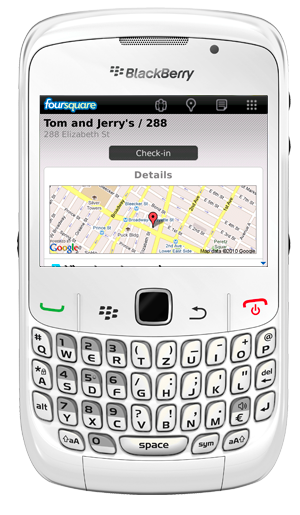Facebook is the new “mass media”, and fulfills an important media function: Surveillance.
There are many communication theories that cover our relationship to media. A quick search on Google reminded me that it was Lasswell (he had the “who, says what, in which channel, to whom, and with what effect” model) who theorized that mass media fulfills, among others, a
surveillance function, and gives the audience information about what is going on in the world that “everybody” knows. In the former “mass” media age, this pertained to news – as it relates to me today, updates on the identity of the Times Square bomber or the race for Vice President in the Philippine elections.
Like many communication theories, Lasswell’s has received criticism for being too simplistic and general. But I’ve always rememebered and agreed with the idea of surveillance. I think, regardless of mass media, that we are observant beings who have varying levels of voyeuristic tendencies – everybody gossips. And as social networks like Facebook have expanded in terms of both reach (currently over 10M Philippine users) and granularity (status updates, likes, comments, privacy settings, etc), there is a lot more information going around that we can monitor.
Surveillance & me
When I was in college, I was pretty “tsismosa”, that’s Tagalog for “gossip”. In our group I liked knowing what was going on – most especially in the love / lust / like category. When we went out drinking, people would wait for me to get tipsy in case I spilled the latest tsismis (gossip). Friends actually ended up revealing a lot of secrets that they assumed I’d already heard. Good times.
Since I started working, I’ve lost touch with a lot of people and have certainly regressed in terms of knowing what is going on with everyone. I no longer have the latest news on who is getting together, breaking up, who is looking for a job, in danger of getting fired, in the process of being pirated, etc.
Surveillance via Facebook
But since more Filipinos started getting on Facebook in 2007, it has become my news central. It tells me who has resigned, who is travelling and where, who has broken up or is getting engaged, what bands are coming to town. From the latest Farmville acquisitions, or the extra Café Word stock, to the sports / elections / entertainment updates, Facebook is a great way to survey what is going on in my social sphere. Event invitations tell me the must-see concerts or the must-attend parties, relationship status tell me who is newlly single and on the rebound, tech-savvy friends give the latest must-have gadgets, and pop-culture junkies tell me what movies, music or YouTube clips not to miss. From thousands of miles away, I’ll even find out which of my officemates are being subjected to torturous overtime.
I don’t like to read the news (hence the extremely “personal” connection to the surveillance function!) but I am even more attuned now to current events.
If it is important, someone will post it on Facebook. That is actually how I found out about the Times Square bombing or read vice presidential candidate Mar Roxas’ supporters praying that he would somehow still win the VP race.
Mass, i.e. Many-to-many
Facebook is not a “mass medium” in terms of old-school broadcast that distributed one set of content to a mass of people, one-to-many. But it is “mass” in the sense that it broadcasts content to millions. Only the content comes from all the different users, making it a
many-to-many mass medium.
In addition, the fact that the “many” are my personal contacts actually helps to validate “news” since I know that I can trust most of them. I am also usually aware of the different personal value systems and the biases each one may have. And even taking that into account, there is no longer a need to depend on an “omnicious” news commentary.
Maybe it’s just me. But paying attention to my Facebook news feed makes me feel like I’ve got a handle on what’s going on in the world, coming from a network that I actually care about – my social graph.









